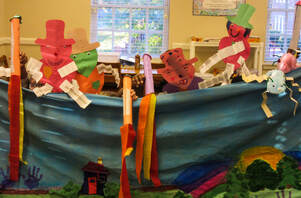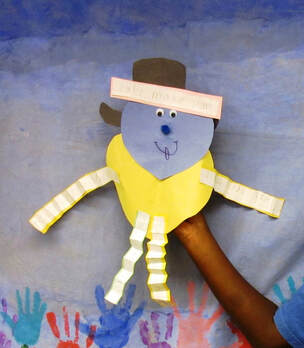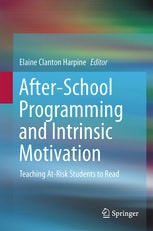Hands-on projects can teach a child how to organize, follow directions, and improve their completion skills on a task. Children quickly learn that, if they do not complete a project, the project does not go home. As I like to tell the children, you cannot drive a half-finished car down the road. We have a make-up day at the end of each session. This gives children a chance to go back and complete their work, but we do not JUST finish the craft project. Finishing a project means that a child goes back to the original session and completes the vowel clustering tasks from that session. Our intent is not just to make a craft project, paint a costume, or even to make a pop-up book. The purpose of both Camp Sharigan and the Reading Orienteering Club is to teach children how to read. Vowel clustering is the key [see my blog post from 1-27-18]. Vowel clustering is where we teach children to take a word apart letter sound by letter sound and then put those sounds back together and pronounce or read the word. We also teach children to build new words from a common letter sound. Vowel clustering fits perfectly with Creative Art Therapy.
For more information about these programs in action, click the Reading News link above.


Children look for excuses not to finish a worksheet. But they look for excuses to finish a Creative Art Therapy project.

 RSS Feed
RSS Feed
